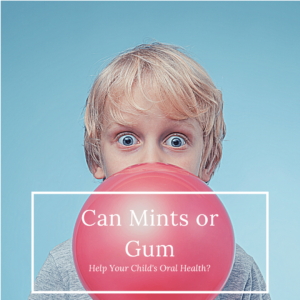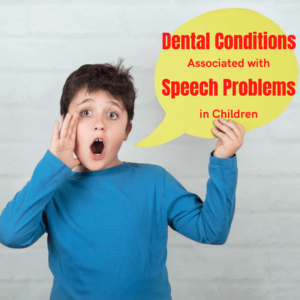Most adults are somewhat familiar with root canals or have at least heard of them. While it is generally accepted that root canals may be necessary procedures to restore severely decayed teeth in adults, not as many people share this sentiment when it comes to performing root canals on children. Although most pediatric dentists will do just about anything else to avoid the need for a root canal, there may be some cases where a root canal may be necessary.

However, it is important to note that root canals performed on children vary slightly from root canals performed on adults. For starters, a child root canal is known as a pulpotomy or baby root canal and is performed on baby teeth. During a pulpotomy, dental pulp from the inside of your child’s tooth is removed. A root canal, on the other hand, is more extensive and removes the tooth’s pulp, as well as the roots. The reason why a pulpotomy leaves the tooth roots intact is because this preserves the primary tooth until it would naturally be lost. Maintaining the primary teeth ensures that there is enough space for the permanent teeth to erupt properly.
Your child’s dentist may recommend a baby root canal in cases where your child has a severe cavity that has caused a pulp infection known as pulpitis. In some cases, chips, cracks, or cavities that expose the pulp may also require a baby root canal to prevent pulpitis. Pulpitis tends to develop faster in children than adults since baby teeth do not have as much protective enamel and bacteria can enter the tooth easier.
There are two types of pulpitis that can occur in children. The first is known as reversible pulpitis. Like the name suggests, reversible pulpitis can be reversed by removing the irritant causing the infection. However, when reversible pulpitis is not caught in time, it can develop into irreversible pulpitis. Unfortunately, irreversible pulpitis will continue to spread once the infection has developed. Therefore, removing the infected tissue is the only way to eliminate the infection and prevent it from spreading to the surrounding teeth.
Although only your child’s dentist can accurately diagnose a pulp infection, some symptoms of pulpitis include:
- Throbbing tooth pain
- Pain in the jaw around the tooth
- Pain that increases when the tooth is touched or while chewing
- Prolonged tooth sensitivity to hot, cold, or sweet
- Fatigue
- Fever
While irreversible pulpitis is generally treated with a pulpotomy, your child’s dentist may recommend other treatment options depending on various factors. In some cases, the affected tooth may be extracted and a spacer may be placed to maintain enough space for the permanent tooth. Ultimately, only your child’s dentist will be able to evaluate your child’s tooth to determine what course of action is best for your child’s oral health.






